‘Somewhat Abstract: Selections from the Arts Council Collection’ opens at Nottingham Contemporary on Saturday. We got in touch with director Alex Farquharson, who told us more about the exhibition, the artists involved, and the unexpected origins of the show’s title.
Click here for a gallery of highlights from the exhibition
Can you tell us a bit about the exhibition?
‘Somewhat Abstract’ looks at positions in and around abstraction in British art from 1945 to today. It considers the many meanings of abstraction, and, perhaps surprisingly, includes figurative art that could not have been made without abstract art. Abstraction has made a comeback in recent art so it feels like a good time to explore its various genealogies.
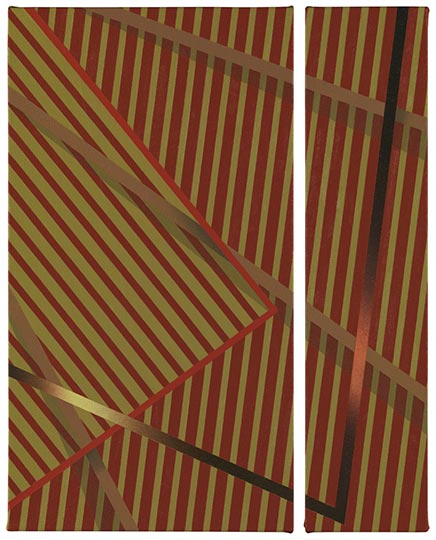
Heit (2011), Tomma Abts. Arts Council Collection, Southbank Centre, London. Photo: Marcus Leith. Courtesy of greengrassi, London
What makes this a distinctive show?
It’s the largest ever exhibition of the Arts Council Collection outside of London. It features 68 artists, eight of whom are Turner Prize winners.
How did you come to curate this exhibition?
Specifically, I was impressed by the quality and range of the collection as revealed by Hayward Gallery’s ‘How to Improve the World’ in 2006. I also have the privilege of currently serving on the Collection’s Advisory Committee. We are hugely grateful to Jill Constantine and her colleagues at The Arts Council Collection and at the Southbank Centre for making the exhibition possible.
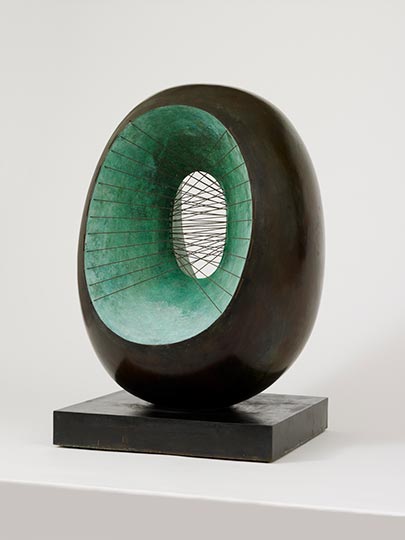
Spring (1966), Barbara Hepworth. Arts Council Collection, Southbank Centre, London © Bowness, Hepworth Estate
What is likely to be the highlight of the exhibition?
The exhibition’s most celebrated works are Head VI (1949) by Francis Bacon and Bridget Riley’s Movement in Squares (1962). Head VI is Bacon’s earliest surviving Pope painting, and Movement in Squares is one of Riley’s very first black and white paintings.
And what’s been the most exciting personal discovery for you?
Most of the artists featured were familiar to me. Phillip Lai, who has a forthcoming exhibition at Camden Arts Centre, is an example of someone whose practice I was glad to encounter for the first time. The most personal aspect of the exhibition has been the inclusion of artists I worked with on solo exhibitions in the 1990s at Spacex in Exeter and Centre for Visual Arts in Cardiff: Keith Coventry, Jeremy Deller, Laura Godfrey-Isaacs, Gustav Metzger and Bridget Riley.
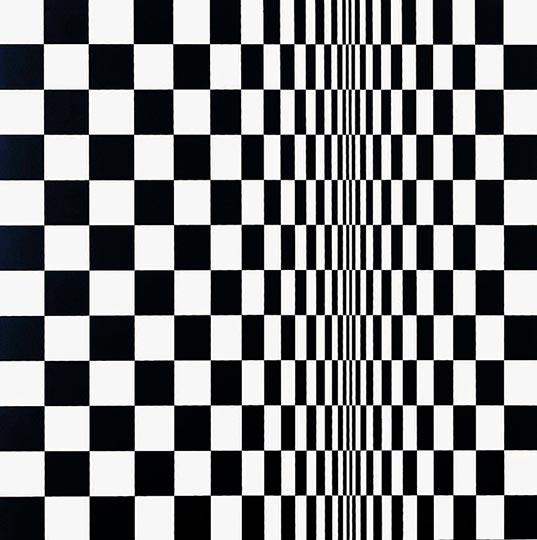
Movement in Squares (1962), Bridget Riley Arts Council Collection, Southbank Centre, London © Bridget Riley 2014. All rights reserved, courtesy Karsten Schubert, London
What’s the greatest challenge you’ve faced in preparing this exhibition?
The title was difficult to arrive at. It came to me while reading a serious history of The Black Panther Party while on holiday in January. At some point in the book Huey P Newton, their leader, is quoted as describing the relationship that white radicals of the late ‘60s had to actual oppression as ‘somewhat abstract’, in contrast to the experience of rank-and-file Panthers. Parts of the exhibition seek to link the meanings of abstraction in art to the word’s general usage – meaning an idea or theory that lacks concrete specificity.
How are you using the gallery space? What challenges will the hang/installation pose?
We have four large exhibition spaces of around the same size. The works are loosely grouped according to certain themes and relationships. One gallery has quite a lot to do with buoyancy, gravity and flight. Another has a high concentration of works referring to the natural world. One features a Sickert-Bomberg-Metzger/Auerbach genealogy, and variously touches on issues of historical or psychic trauma, as well as construction and destruction. There is an area of one gallery that looks at modernism with respect to the built environment and the post-War Welfare State.
Which other works would you have liked to have included?
We were very fortunate in being able to borrow virtually all the works we most wanted.
‘Somewhat Abstract’ is at Nottingham Contemporary from 12 April–29 June.
Click here for a gallery of highlights from the exhibition
Unlimited access from just $16 every 3 months
Subscribe to get unlimited and exclusive access to the top art stories, interviews and exhibition reviews.

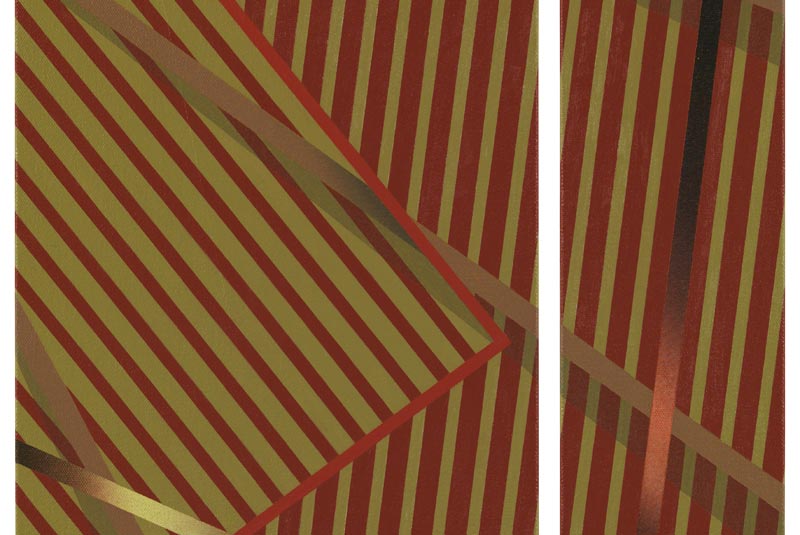
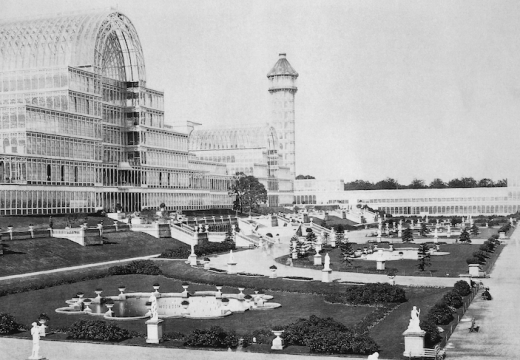
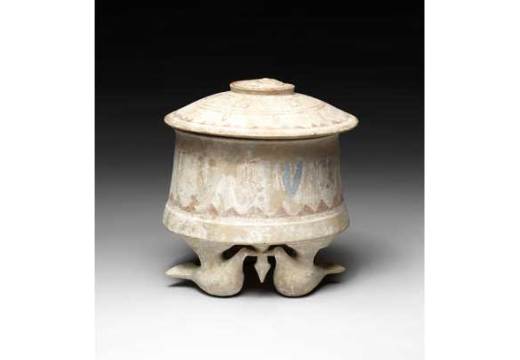
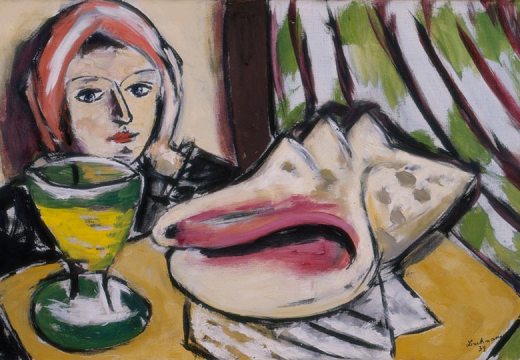









![Masterpiece [Re]discovery 2022. Photo: Ben Fisher Photography, courtesy of Masterpiece London](http://www.apollo-magazine.com/wp-content/uploads/2022/07/MPL2022_4263.jpg)
Has the Fitzwilliam got its rehang right?